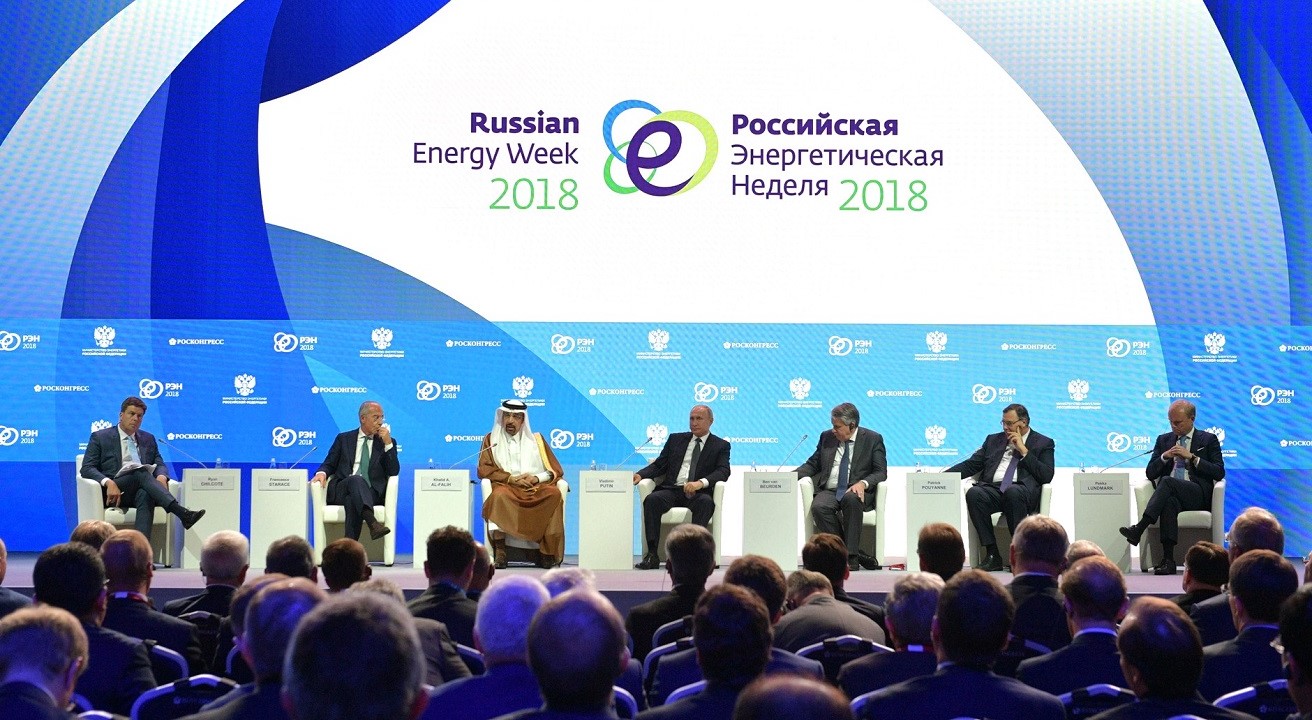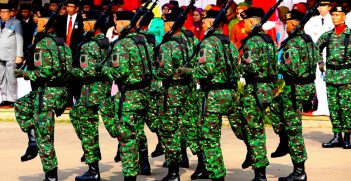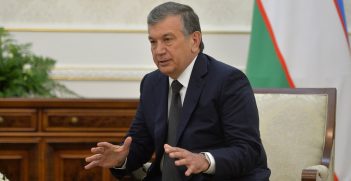Fuelling Asia: Russia Recalibrates its Foreign Energy Strategy

Resource-rich Russia borders the region set to account for the majority of global energy demand. This has substantial implications for Australia.
Russia holds the world’s largest known reserves of natural gas. Much of these reserves are located in Russia’s Far East, out of reach for the existing European market given the sheer distance. Enter Asia. On the doorstep of vast reserves, the Asia-Pacific will account for the majority of growth in future energy demand.
For Moscow, this is a welcome reorientation of economic growth and energy demand. Russia’s energy sphere accounts for more than a quarter of its GDP, almost two-thirds of the Russian export market and roughly 30 per cent of the Kremlin budget. Despite this historical “energy weapon” sentiment that Russia attracts, the reality is that Russian foreign energy strategy is shifting to become increasingly interdependent.
Future-proofing foreign energy strategy
Moscow’s recent re-evaluation of its foreign energy strategy illustrates this shift. Still in draft form, the Energy Strategy of Russia for the period up to 2035 (ES-2035) is geared at transitioning Russia away from resource-dependency and toward resource-innovation. This is an attempt by the Kremlin to future-proof Russia’s energy sector and reshape its development plans for the next 17 years.
The strategy earmarks Eastern Siberia and the Far East as paramount to Russia’s energy policy in the future. Ambitiously, Moscow is planning for the Far East to account for 40 per cent of Russia’s oil and gas exports. Russian liquefied natural gas (LNG) exports to Asia are expected to rise from six per cent to 30 per cent by 2035. For Prime Minister Medvedev, Russia’s ability to increase its presence in the Asia-Pacific market while executing existing commitments to Europe is of central importance to the new foreign energy strategy. It is this balance that Moscow needs to work on. Included in the draft ES-2035 are responses to external pressures associated with Western sanctions including increasing difficulty in securing credit to fund new energy projects in the Far East as well as the Western technology to explore new energy fields in the region.
A broader trend is the shift in the international energy sector with developing nations set to overtake developed nations in resource demand. Not only is the global pole of power moving to the East, the future of global energy demand is to be found in the Asia-Pacific. Further, new energy sources are emerging, particularly in the renewables sector, and export competition is leaving some energy chains in a supply glut. As a key global energy power, Russia’s future prosperity relies largely on how it mitigates this range of external pressures.
It’s geography, stupid
Russia is looking East for the answers. As Matthew Sussex points out, contrary to much of the Western rhetoric, Russia is not doing so by choice.
The concept of Russia not already belonging in Asia strips Moscow of its centuries old Eurasian identity. To argue Russia’s pivot East is a reflexive strategic choice to counter the United States’ pivot to Asia conveniently writes off numerous historical attempts by Stalin, Gorbachev and even Yeltsin to revive Russia’s Far East.
Under Putin, we have seen a clear reorientation of Russia’s foreign energy strategy to rectify Moscow’s marginal share of the Asian energy market. This is increasingly evident in the use of the Northern Sea Route to link Russian Arctic LNG to the North East Asian markets, despite a closer Western market to the High North field.
In any case, the notion of Russia seeking a complete pivot to Asia is entirely misguided. European energy imports from Russia have increased and new energy projects are underway. Examples are the Nord Stream-2 and TurkStream pipelines. When considering the ongoing commercial dealings undertaken in Europe, it is evident that Russia is unable to completely pivot away from the West.
What is occurring is a fundamental rebalance of Russian foreign energy strategy to act as a Eurasian power fuelling both the East and West. Russia’s energy interest in the Asia-Pacific is an unsurprising development, no more than the revenge of geography. A resource-rich state borders the region set to account for the majority of global energy demand. What follows is more or less a marriage of convenience shaped into a strategic relationship.
A common misperception of Sino-Russian energy relations is that there is an emerging partnership to thwart United States power in the region. Beyond centuries of mistrust and competition, Russia and China are still far from strategic bedfellows.
This is illustrated in the energy pillar of their relationship, where straightforward commercial discussions are protracted and increasingly complex. Negotiations of the natural gas pipeline, Power of Siberia, stalled for decades before a 30-year partnership was struck in 2014. Slated for completion in 2019, the route appears ahead of schedule and there are now discussions to construct a brother pipeline to increase Russian export capacity to China. On face value, the commercial partnership is a win-win for all involved. Yet in reality, Beijing was able to beat down the natural gas price and dictate the orientation of the pipeline so that it meets the Chinese border in the Far East and not in the West, as Moscow had envisioned. A western route would have allowed Moscow access to further markets in Central Asia, further diversifying its customer base.
Implications for Australia
There are clear corresponding implications for the Australian energy export market. The most pressing is that Australia is set on a potential collision course with Russia when it comes to fuelling the Asia-Pacific. The Australian Government should watch Russia’s Northern Sea Route development closely, as a key component of Russia’s energy strategy is the creation of a new global energy corridor for Asia.
The Asia-Pacific currently relies on the Malacca Strait corridor to receive goods and the majority of its energy needs. This corridor is congested, poorly-secured and has long lead times, all of which factor into increasing transportation costs. These costs are passed on to consumers. Russia’s Northern Sea Route, which can currently operate 3–4 months of the year for Asia (and year-round for Europe) offers a viable alternative to fuel the Asian market in terms of LNG. Thanks to climate change, in coming years the Northern Sea Route will be passable year-round. Of course, there is also the question of how competitive North American and Australian LNG can actually be for the Asian market, compared with pipeline gas from Russia’s Far East.
The reorientation of global energy corridors provided by the Northern Sea Route will ultimately make Australia an extremely expensive import and export market. Not only does this mean higher fuel prices for Australians, it will put the nation’s transit-heavy economy under stress. Australia’s fuel insecurity – with about 20 days’ supply despite the International Energy Agency obligation to hold 90 days – will be further exposed.
The Kremlin fired a warning shot when it stated its resolve for energy to serve to ensure Russia’s security in full. Recent history has indicated how seriously the Kremlin takes matters of security.
On the horizon, it is evident that Australia’s energy interests in Asia places it in direct competition with Russia. It is crucial to develop a robust energy strategy to meet the looming challenge Australia’s energy exports will face in the region. Just as critical is planning for Russia’s potential to secure its interests by weaponising energy in the Asia-Pacific. Here, the East has much to learn from the Western experience of entering into energy partnerships with Russia.
Dr Elizabeth Buchanan is a Jean Monnet Research Fellow with the Centre for European Studies at the Australian National University. She received an Early Career Research Impact Award from the Australian Institute of International Affairs in 2018.
This is an edited extract of her essay published in the ANU Coral Bell School’s 2018 Paradigm_Shift series Securing our Energy. It is published with permission.




